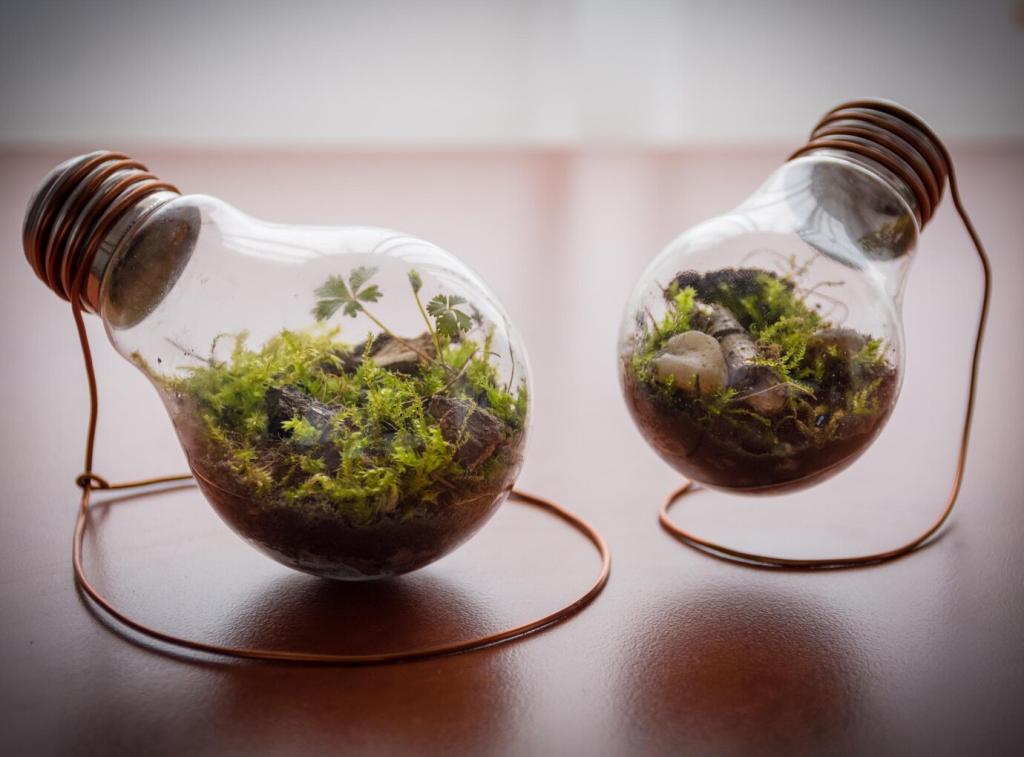
Sustainable Home Design through Upcycling
Discover how sustainable home design can be achieved through the innovative practice of upcycling. By reimagining and reusing materials that would otherwise be discarded, homeowners can reduce waste, conserve resources, and create unique living spaces. This comprehensive guide explores the principles, benefits, and practical approaches to integrating upcycling in your home design journey.
Embracing the Principles of Upcycling
Redefining Waste in Home Design
Waste is often viewed as the inevitable byproduct of consumption, but the upcycling approach challenges this perception. In sustainable home design, every item is seen as having untapped potential, waiting to be reimagined into something valuable. By seeing waste materials not as liabilities but as resources, homeowners and designers can craft innovative solutions, turning rubble, wood scraps, old furniture, and industrial leftovers into statement pieces or functional elements within the home.
Creative Problem-Solving with Materials
Upcycling compels designers and DIY enthusiasts to solve design challenges through creative material use. Limitations in conventional resources become opportunities when one seeks out what others might consider refuse. An old ladder might become a bookshelf, shipping pallets could turn into tables, and glass bottles might create ambient lighting features. This inventive approach not only generates conversation-worthy interiors but also cultivates a mindful relationship with materials and their lifecycle.
Encouraging a Circular Mindset
Central to upcycling is the adoption of a circular mindset, wherein materials are kept in use for as long as possible. Unlike linear consumption, which has a clear endpoint of disposal, a circular approach ensures that items continue to bring value in new forms. Integrating upcycled elements into home design encourages a culture of repair, repurposing, and imaginative extension of product life, paving the way for truly sustainable living environments.

Environmental Impact and Resource Conservation
One of the most significant benefits of upcycling is the reduction of environmental strain. By repurposing existing materials, upcycling lessens the need for virgin resource extraction and minimizes the volume of waste sent to landfills. This not only conserves raw materials but also reduces greenhouse gas emissions associated with production, transportation, and disposal. Every upcycled element within home design represents a tangible step toward a greener, more sustainable planet.
Economic Advantages and Affordability
Upcycling can dramatically lower the cost of home improvement and design projects. By sourcing materials from demolition sites, flea markets, or even within one’s own home, homeowners can avoid the expenses associated with new furnishings and construction materials. Furthermore, upcycling often yields one-of-a-kind pieces that would be expensive to replicate through conventional means. Thus, upcycling enables budget-friendly design without sacrificing character or quality.
Unique Character and Personalization
Homes that incorporate upcycled elements often possess a distinctive charm that cannot be found in mass-produced interiors. Each upcycled piece tells a story, reflecting the history of its materials and the creativity of its maker. This results in spaces that are not only sustainable but deeply personal and expressive. Upcycling allows homeowners to infuse their environment with originality and to celebrate imperfections as part of the beauty of sustainable design.
Strategies for Upcycling in Home Interiors
The first step in any upcycling project is finding suitable materials. This often involves looking beyond traditional retail outlets to salvage yards, second-hand stores, or even nature itself. Homeowners might reclaim timber from old barns, find fixtures in architectural salvage shops, or repurpose industrial items like pipes and pallets. Recognizing the hidden potential in overlooked objects is the key to building a truly sustainable, upcycled home.
Previous
Next
